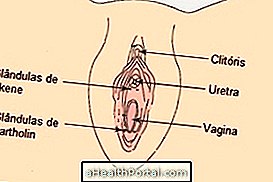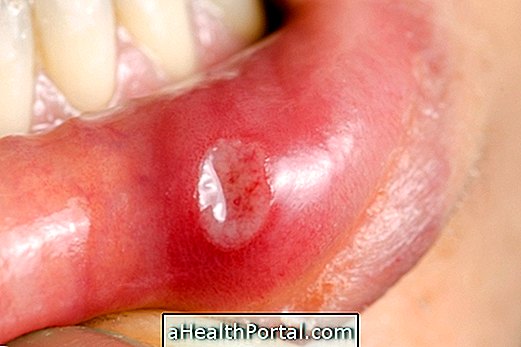Weaver syndrome is a rare genetic condition in which the child grows very fast throughout childhood, but has delays in intellectual development, as well as having characteristic facial features, such as a large forehead and wide eyes, for example.
In some cases, some children may also have deformities in the joints and spine, as well as weak muscles and flaccid skin.
There is no cure for Weaver's syndrome, however, follow-up by the pediatrician and tailored treatment for symptoms can help improve the quality of life for the child and parents.

Main symptoms
One of the main features of Weaver's syndrome is faster than normal growth, which is why weight and height are almost always at very high percentiles.
However other symptoms and features include:
- Low muscle strength;
- Exaggerated reflexes;
- Delay in the development of voluntary movements, such as grabbing an object;
- I cry low and hoarse;
- Eyes far apart;
- Excess skin in the corner of the eye;
- Flat neck;
- Long forehead;
- Very large ears;
- Foot deformities;
- Fingers of hands constantly closed.
Some of these symptoms can be identified soon after birth, while others are identified during the first few months of life during consultations with the pediatrician, for example. Thus, there are cases in which the syndrome is only identified a few months after birth.
In addition, the type and intensity of symptoms may vary according to the degree of the syndrome and therefore in some cases may go unnoticed.
What causes the syndrome
A specific cause for the onset of Weaver syndrome is not yet known, however, it is possible that a mutation in the EZH2 gene responsible for making some of the DNA copies may occur.
In this way, the diagnosis of the syndrome can often be made through a genetic test, besides the observation of the characteristics.
It is still suspected that this disease can be passed from the mother to the children and it is therefore recommended to make genetic counseling if there is any case of the syndrome in the family.
How is the treatment done?
There is no specific treatment for Weaver syndrome, however, various techniques may be used according to the symptoms and characteristics of each child. One of the most commonly used types of treatment is physical therapy to correct deformities in the feet, for example.
Children with this syndrome also appear to have a higher risk for the development of cancer, especially neuroblastoma, and it is therefore advised to have regular visits to the pediatrician to assess if there are any symptoms, such as loss of appetite or distention, that may indicate the presence of some tumor, starting the treatment as soon as possible. Learn more about neuroblastoma.



















